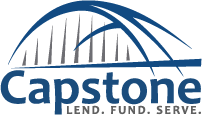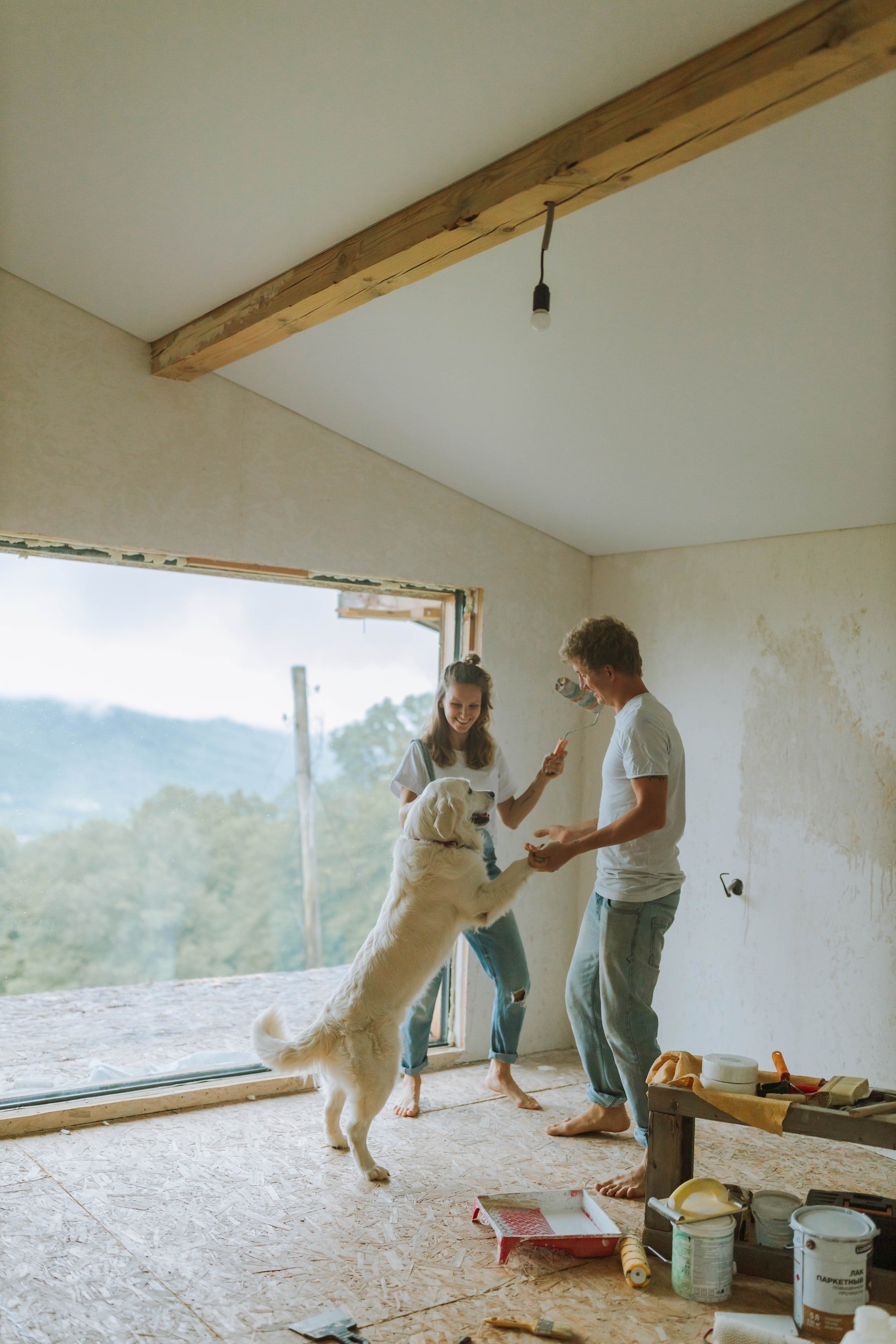How to Incorporate Bridge Loans into the BRRR Method
The BRRR method (Buy, Rehab, Rent, and Refinance) allows you to create income and build wealth. Learn about how hard money bridge loans can help.
Investors can use traditional financing (from banks and credit unions) to get started in the rental property market, but traditional lenders will want to take considerable time to look at your credit and other financial information. They also typically only want to loan money for properties that are already set up to receive tenants.
If you want to fix up a distressed property in order to rent it, you need to find another way. The strategy presented with the BRRR method offers a step-by-step guide for buying a distressed property, renovating it, and then refinancing it so that you will have more money to acquire the next rental property.
But how might a hard money loan (or bridge loan) be used to your advantage within the BRRR method? Let’s explore that.
What is the BRRR method?
Photo by Paul VanDerWerf on Flickr [Creative Commons]
What does “BRRR” mean in real estate? The BRRR method consists of at least four steps:
Buy a property.
Renovate the property.
Rent the property.
Refinance the property — specifically, a cash-out refinance that allows you to take advantage of the increased value produced by your work rehabilitating it.
You might also see the term “BRRRR method,” which adds a fifth step in building your rental property portfolio:
Repeat the process using the money you got from refinancing.
How does the BRRR method work with a hard money (or bridge) loan?
Check out where and why a hard money (or bridge) loan would fit into the BRRR method:
1. Buy
You begin by finding a distressed property, meaning one that is in need of rehab work in order to get it ready to rent. The home’s condition should keep the purchase price fairly low.
Getting a traditional loan for this kind of purchase may be difficult for many reasons. This is where a hard money bridge loan can be helpful.
Read more: A Beginner’s Guide to How Hard Money Loans Work & Their Benefits
2. Renovate
Photo by Anastasia Shuraeva on Pexels
The property is almost certainly going to need work to prepare it for the rental market. It might need structural improvements and infrastructure upgrades to get it up to code. It will almost certainly need aesthetic improvements to make it appealing to renters.
IMPORTANT! The typical hard money loan term maxes out at only two years. They’re not used to finance long-term rental properties. If you utilize a hard money loan for its qualification benefits and closing speed, steps 3 and 4 (below) will be switched. You will Buy the property with a hard money loan, Renovate the property, Refinance into a longer-term loan, Rent out the property, and then Refinance with a cash-out option to allow the purchase of another investment property.
3. Rent
Once the property is up to code and visually appealing, it is ready for tenants. You can determine what to charge for rent based on the market in your area.
4. Refinance
You can take out a cash-out refinance loan to access the equity in the property. Because of your improvements, your equity should be larger than it was when you bought the property. It should also be much easier to access long-term mortgage financing from a traditional lender at this point.
A cash-out refinance will provide you with capital that you can use to purchase your next rental property.
Repeat
You now have extra cash from the refinance. You can use that money to invest in another rental property. A new hard money loan can also help you acquire the next entry in your portfolio.
There’s no government-mandated limit to the amount of times you can do this or how many hard money loans you can have at once. Private lenders are free from these kinds of restrictions. To be fair, most conventional loans from banks are free from these kinds of restrictions too — but there is a good chance you’ll face lower loan limits and other factors to satisfy conforming loan rules set by Fannie Mae and Freddie Mac.
Read more: What’s Fannie Mae & Freddie Mac? What do they do?
Can I use the BRRR method with no money?
A hard money (also referred to interchangeably as a bridge loan) might only require you to bring 10% of the property’s sale price as a down payment. With Capstone Capital Partners, you can finance up to 70% of the after-repair value (ARV). ARV is the amount the property will be worth after you have renovated it. That’s good news for investors with limited upfront capital.
One of the great features of the BRRR method is that it allows you to start building wealth without having to put an enormous amount of your own money down. That said, you have to have some money to get started.
Other benefits of leveraging hard money loans in a BRRR strategy
A hard money bridge loan can offer several advantages for projects that use the BRRR method:
Speed
Hard money lenders move much faster than traditional lenders, which can be quite helpful if you are not the only investor with eyes on a particular distressed property. You might be able to close on a hard money bridge loan in a week. Traditional lenders often take much longer to get to closing.
Flexibility
You can use a hard money bridge loan for a wide variety of projects. Private hard money lenders are used to thinking outside of the box when it comes to real estate investments. The BRRR method is common in projects that involve distressed residential properties, but it may also be possible to use it for ground-up construction projects and commercial properties.
Interest-only payments
The tradeoff with hard money loans, when compared to traditional loans, is that they generally have shorter terms and higher interest rates. Hard money lenders may make up for this by allowing borrowers to make interest-only payments for up to two years. This frees up more capital to put toward rehabilitating a property.
Read more: Private Lenders vs Banks vs Hard Money Lenders: How Do You Choose?
Get started with a friendly bridge lender
Hard money loans from Capstone Capital Partners provide fast and flexible financing for real estate projects in Texas. We’ve lived, worked, and invested in Texas for decades. We understand the needs of modern investors and what our local markets demand for you to compete and win.
Applying is easy, and borrowers can expect friendly service from beginning to end. Tell us a little bit about yourself and your project and we’ll lay out your best options!



